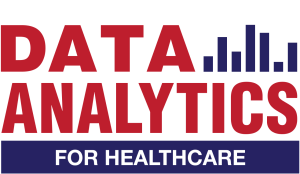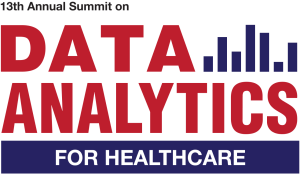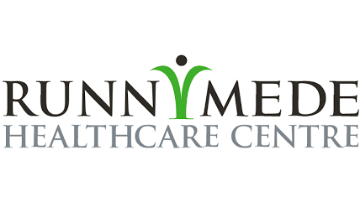In the rapidly evolving landscape of healthcare, data has become more than just a technical tool—it’s the lifeblood of effective patient care and organizational strategy. Yet, many healthcare professionals still view data as something reserved for analysts and IT departments. It’s time to break down these barriers and create a truly data-driven culture.
The Data Literacy Challenge
Healthcare is inherently complex. From emergency departments to long-term care, every interaction generates valuable information. But too often, this data remains underutilized or misunderstood. The key is transforming how we perceive and interact with data.
- Reframe the Narrative: Data is Everyone’s Language
Traditional thinking separates “data people” from “healthcare providers.” This is a dangerous misconception. Every patient record, every treatment decision, every operational process generates and relies on data. Real-World Example: During the COVID-19 pandemic, North York General Hospital demonstrated how data literacy became a critical survival skill. Their analytics team provided predictive insights about patient volumes, ventilator needs, and system capacity—information that directly saved lives.
- Meet People Where They Are: Contextual Learning
Data literacy isn’t about technical training—it’s about solving real problems. Instead of overwhelming staff with complex analytics, connect data to their immediate challenges.
Practical Approach:
- For nurses: Show how accurate documentation impacts patient care continuity
- For doctors: Demonstrate how data helps track treatment effectiveness
- For administrators: Illustrate how data drives strategic decision-making
- Create Cross-Functional Learning Opportunities
Break down departmental silos through collaborative learning experiences.
Workshop Ideas:
- Monthly “Data Insight” sessions
- Interdepartmental case study reviews
- Hands-on data interpretation workshops
- Peer-to-peer knowledge sharing
- Make Data Storytelling Engaging
Transform statistical information into compelling narratives that resonate emotionally and intellectually.
Storytelling Techniques:
- Use visual representations
- Share patient outcome stories
- Highlight tangible improvements
- Create relatable, human-centered data narratives
- Embed Data Conversations in Regular Workflows
Make data discussion a natural part of daily operations, not an additional task.
Implementation Strategies:
- Include data insights in regular meetings
- Create simple, accessible reporting templates
- Develop user-friendly dashboards
- Encourage questions and curiosity about data
The Technology Enablers
Emerging technologies like AI and advanced analytics are making data more accessible. However, technology alone isn’t enough. Cultural transformation is key.
Overcoming Common Barriers
- Fear of complexity
- Perceived lack of time
- Resistance to change
- Technical intimidation
Leadership’s Critical Role
Healthcare leaders must:
- Model data-curious behavior
- Invest in user-friendly tools
- Recognize and reward data-driven thinking
- Create psychological safety for learning
Measuring Success
Track progress through:
- Increased data engagement
- Improved operational efficiency
- Enhanced patient outcomes
- Staff enthusiasm for data insights
The Bigger Picture
Data literacy isn’t just about numbers—it’s about creating a culture of continuous learning, improvement, and patient-centered care. Conclusion Transforming every healthcare professional into a “data person” is a journey, not a destination. It requires patience, strategic approach, and a commitment to ongoing education.
Call to Action
- Start small
- Be consistent
- Celebrate every data win
- Keep learning
This blog post is based on the 2024 DAHC Summit session featuring Kimberly Hill and Nasheen Liu.






